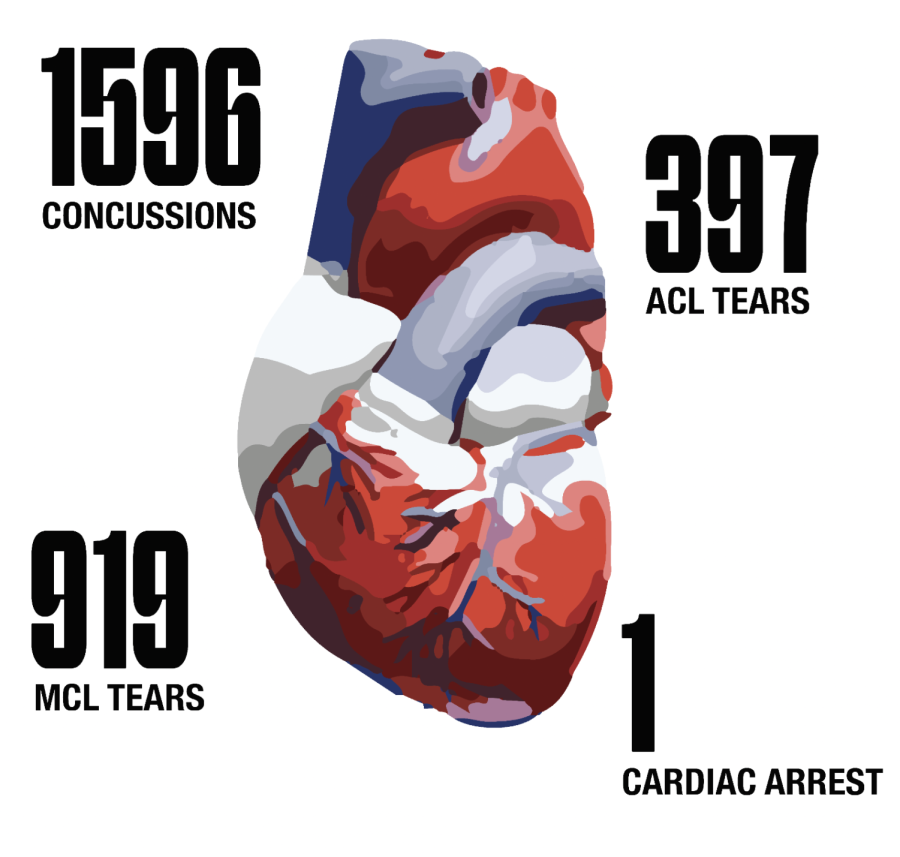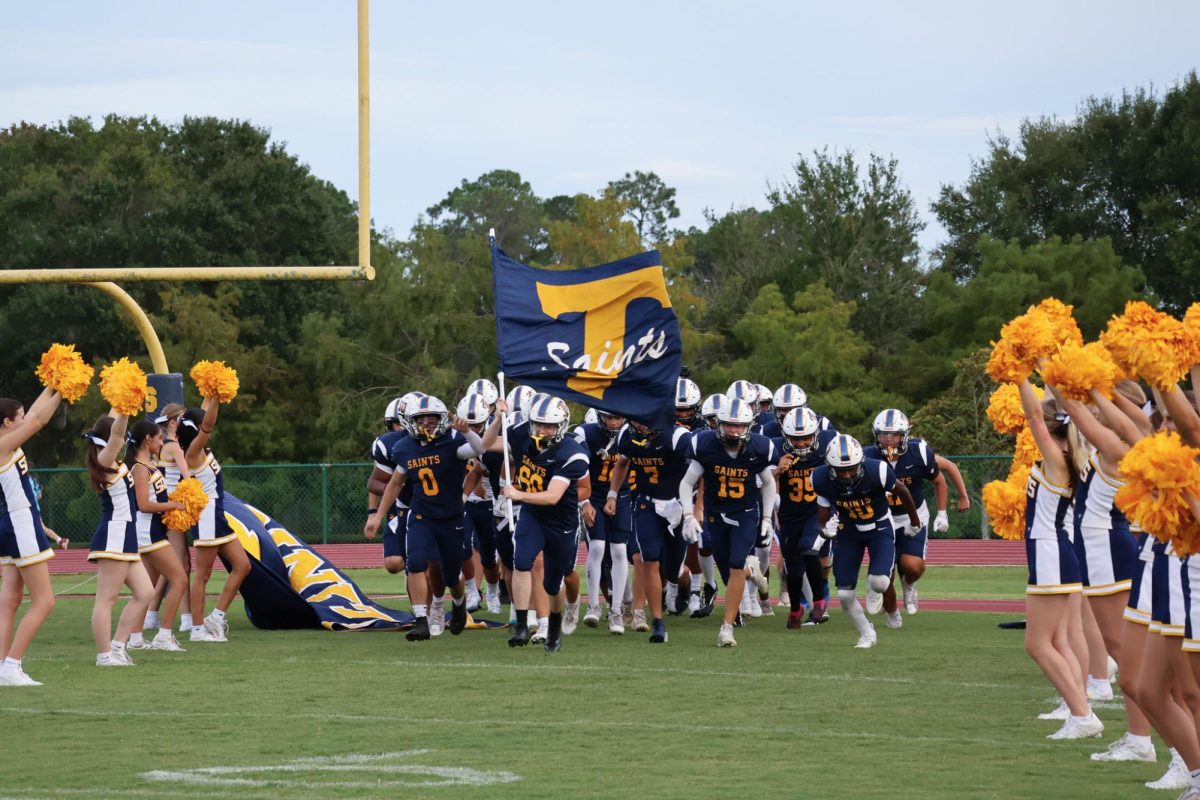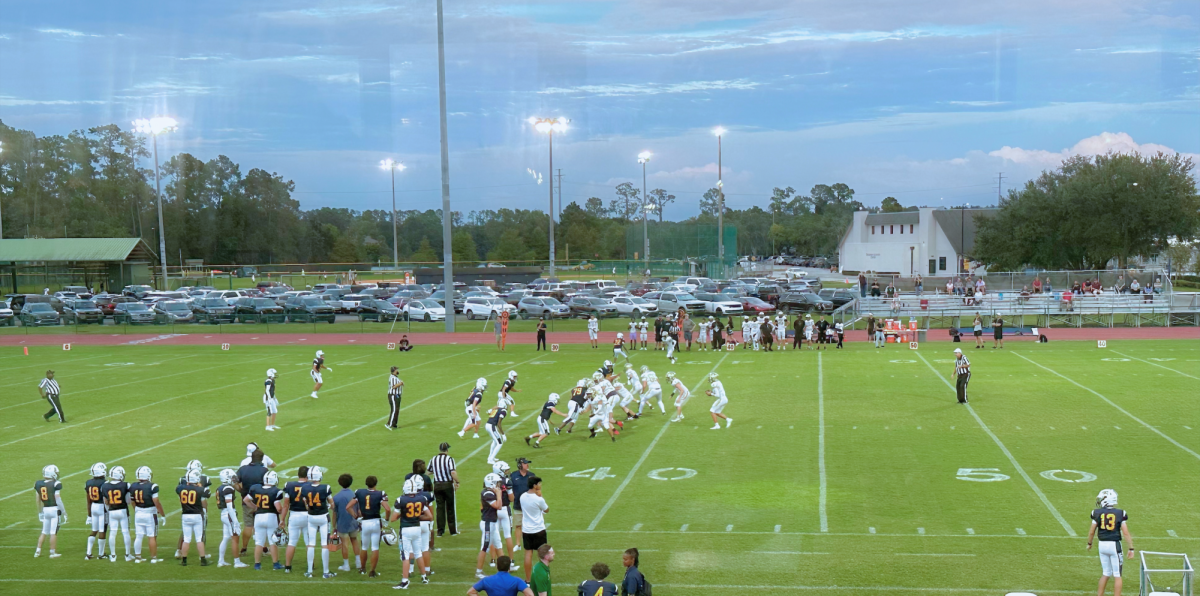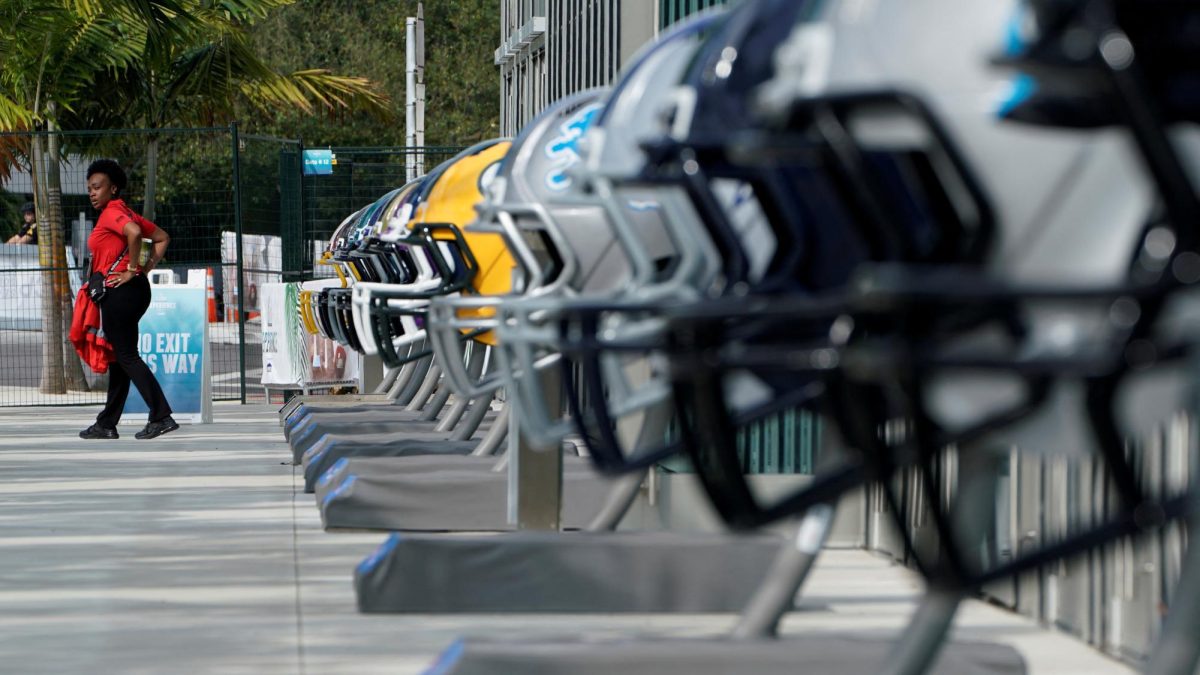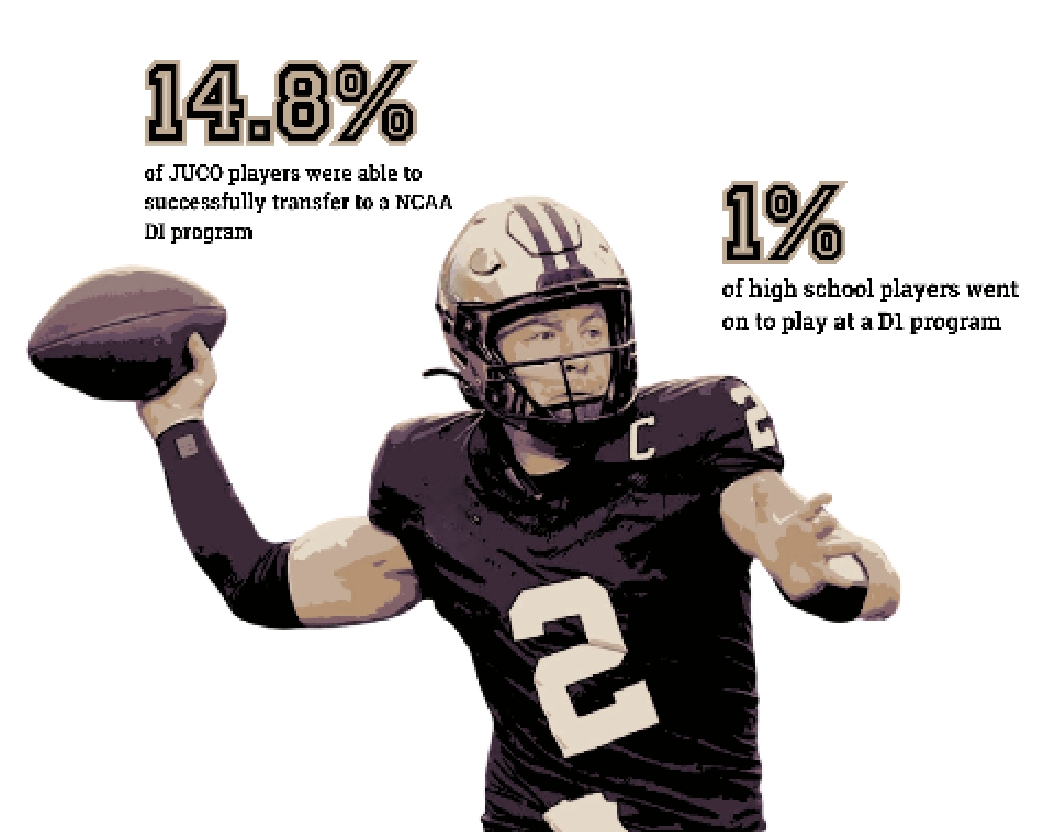Weeks following one of the most shocking injuries in NFL history, football and non-football fans alike have raised questions as to how an ordinary play almost turned fatal. In a Monday Night Football matchup between Buffalo and Cincinnati, Bills safety Damar Hamlin suddenly collapsed on the field after delivering a routine hit, suffering a cardiac arrest on the spot. During live television coverage, medical officials treated Hamlin with CPR and an AED, which would end up saving his life.
Making national headlines for the wrong reason, the injury proved to be yet another instance of freak accidents occurring in contact sports. Following the hit, a record breaking 23.8 million viewers tuned into the ESPN coverage for updates regarding the well-being of the promising 24-year-old. Among those watching the game was Athletic Director and Head Football Coach David Langdon, who knew by the response that this was not an ordinary injury.
“Just the way they were moving around, it didn’t seem like it was something surgical,” Langdon said. “One of my first things I wondered, and even asked my wife, was if he had a cardiac arrest, because I’ve actually experienced that with a player before, and it was the worst day of my life.”
Since 2015, the NFL has tracked injury data in three main categories, concussions, ACL tears, and MCL tears. From 2015 to 2021, there have been 1,596 concussions, 919 MCL tears, and 397 ACL tears. Despite the large numbers, each category has seen a decrease during the six-year span, largely due to the improvement and prioritization of safety in the NFL.
Regardless of medical advances, nothing could have stopped this injury from happening. While the full details regarding the injury have yet to be confirmed, several doctors have suggested that this was a case of Commotio Cordis, which occurs when blunt trauma to the heart leads to ventricular fibrillation, a type of irregular heart rhythm.
Orlando Health Emergency Medical Specialist Sean Isaak has seen many cardiac arrest patients in the ER, and said that quick CPR, and an AED if necessary, can be the difference between life and death.
“When someone comes into the ER in cardiac arrest, we never know what caused it,” Isaak said. “And the fact that they did CPR right away is the reason why he survived. If someone doesn’t do CPR, he’s dead. Basically, the heart stops and there’s no pumping blood to any part of the body.”
According to the University of Connecticut’s Korey Stringer Institute, the condition, while quite rare, is mostly seen in athletes of ages 8 to 18 who play baseball, hockey, lacrosse, or other sports involving projectiles. The thin chest cavity of teenagers increases the risk due to the reduced barrier between the heart and mechanism of impact.
Hamlin’s injury headlined social media platforms such as Instagram, Twitter and TikTok. Trinity sophomore and football linebacker Jackson Altomare first saw the injury on Instagram and was in awe of what he had just witnessed.
“It just makes you think, that kid died for a minute out there,” Altomare said. “I mean, that could’ve been me.”
Youth football has seen a significant decrease in participation over the past 15 years. According to data from the Aspen Institute and the National Federation of State High School Associations (NFHS), the number of football players aged 6 to 18 dropped by 600,000 from 2008 to 2018. Both Altomare and Langdon believe the injury to Hamlin could affect this number even more, with parents hesitant in letting their kids play.
In an effort to prevent injury on the field, Trinity has taken many precautions recently to protect its athletes. According to Langdon, this includes the purchasing of NFL approved helmets and equipment, as well as having an athletic trainer present at every game for a quick response to injury.
Despite the risks involved in football, it still remains the nation’s most watched sport. Langdon has been involved in football for just about his whole life, and believes the bond and brotherhood that the game has to offer is the reason why the sport is so unique.
“It’s just different,” Langdon said. “You can watch it, you can enjoy it, but unless you experience it, it’s hard to explain. I’ve had a football season for 47 years of my life, as a player and coach, and it’s been spectacular.”




